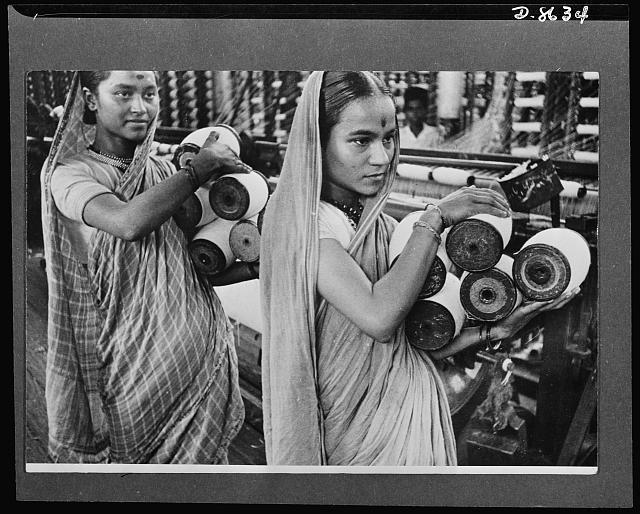
1 minute read
2.1.1.c. Industrial Revolution - The Case of India
It was when there was no, power, radio, TV, PC, web, vehicles, and so forth and individuals work with their hands so by this they burn through a great deal of time in their works. Yet, after the Industrialization, their life completely changes. Those work which requires some investment presently effortlessly done in minutes. Industrial Revolution makes human existence more development and rich. Many individuals on the planet partake in the advantages of Industrialization. People of this age really do considerably less work than the past age. An enormous number of individuals appreciate great wellbeing offices, schooling, travel, a day to day existence which is never conceivable without Industrialization. Industrial development likewise assumes a vital part in giving work and expanding the economy of the country. [24]
“Father of Industrial Revolution in India” ~ Jamshedji Tata
Advertisement
“Jamshedji Tata is referred as One-Man Planning Commission” ~ Jawaharlal Nehru
FIG 21: Women workers in a booming Bombay textile mill, circa 1941-1943 (Source: historyofmassachusetts) https://historyofmassachusetts.org/whereindustrial-revolution-take-place/
The industrial revolution arrived behind schedule to India, because of its muddled political and financial relationship with Great Britain. In spite of the fact that India, which was a British settlement, ruled the worldwide cotton material business sectors in the eighteenth century, the Indian material industry endured a shot when the modern upheaval started in Great Britain. The utilization of steam power in British factories diminished the expense of British cotton by 85%, making its material merchandise universally serious interestingly. [25]
New pioneer regulations constrained Indian ranchers to give the greater part of their fields to cotton crops, rather than food, which prompted broad starvation and neediness in India. In this manner, the modern insurgency switched India's financial relationship with Great Britain so it was currently simply a provider of unrefined substances for Great Britain and a shipper of British materials, rather than a maker of material merchandise. Therefore, it required a long time before India began taking on current modern practices, for example, steam power and automated turning and winding, in its material assembling. The industrial revolution at last came to India in 1854, when the main steam-fueled cotton plant in Asia opened in Bombay. Development was slow however and the extension of these modernized cotton factories didn't get until the 1870s and 80s.
India presently has the 6th biggest economy on the planet.






